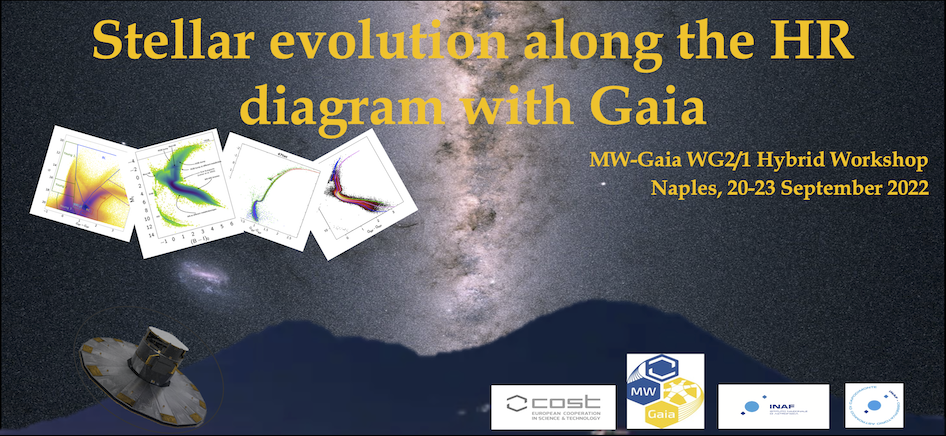Speaker
Description
The Gaia DR3 catalogue is the first release from the mission to contain the detailed solutions for multiple star systems. These have been identified by Gaia’s unique range of observational techniques providing orbital elements or trend parameters for astrometric, spectroscopic and photometric (eclipsing) binaries and combinations of them.
This is a hugely important data resource containing approximately 800,000 objects which increases the number of known binary orbits by an order of magnitude. These systems are distributed across the H-R diagram allowing studies of binarity on the main sequence and along the RGB/AGB. The large sample also allows the discovery of significant samples of more exotic and scarce systems. A combination of variability and binary catalogues reveals a number of new EL CVn systems. There are also many systems that appear to contain a compact object – the so-called Sirius-like systems, comprising a main sequence star and a hidden white dwarf companion, together with new examples of double degenerate, binary white dwarfs. The Gaia catalogue is also able to probe the bottom of the main sequence, determining the orbits of previously-suspected binary ultracool dwarfs and highlighting completely new examples. In the substellar regime Gaia provides important constraints on the occurrence rates of substellar companions to M dwarfs and detects several dozen new exoplanet candidates, including two with validated orbital solutions and one super-Jupiter orbiting a white dwarf, which require confirmation. This talk will survey the wealth of data included in the binary star catalogues and present some of the highlights of the early analyses.

